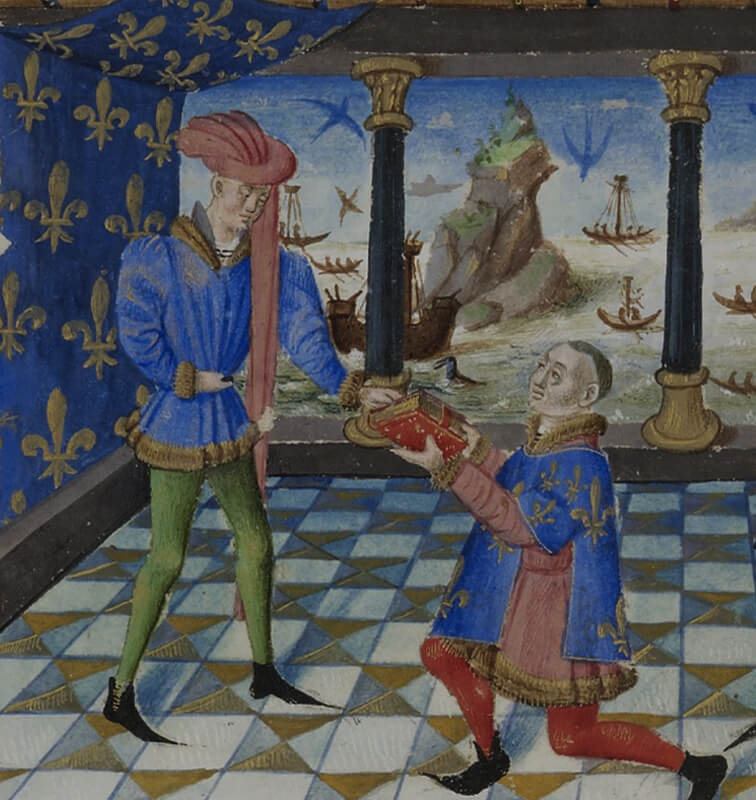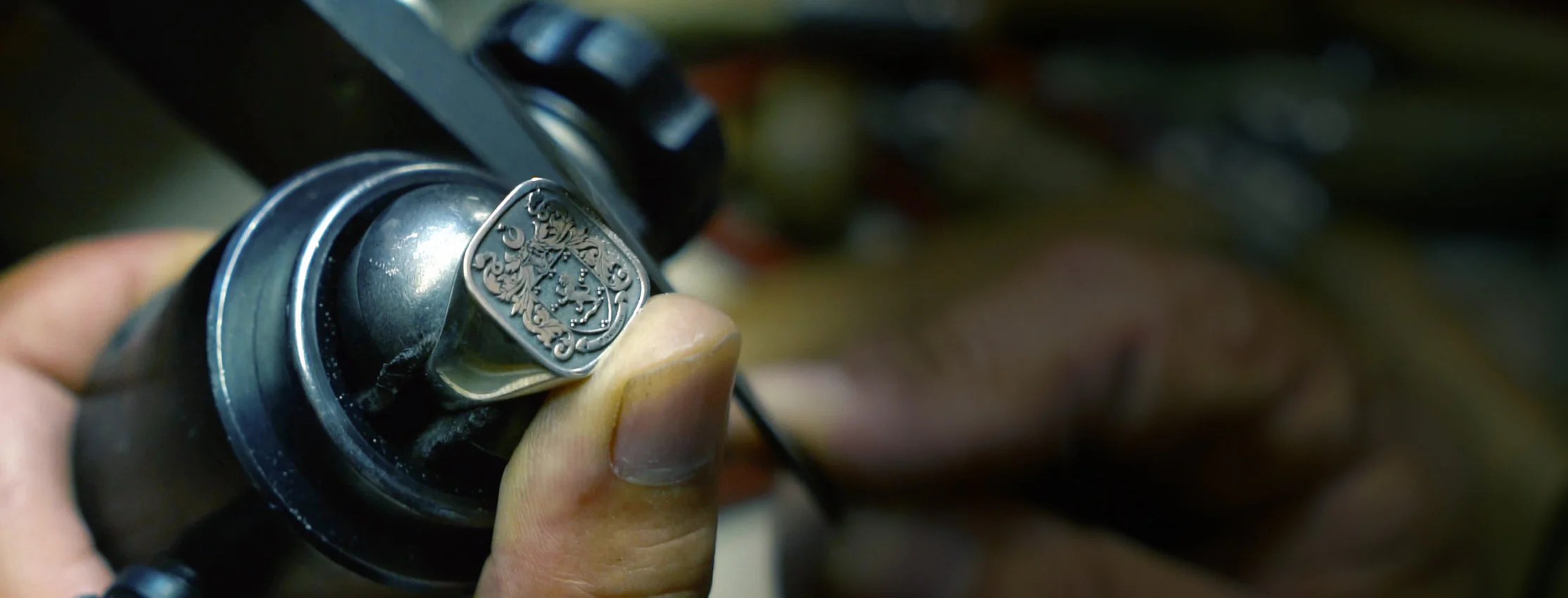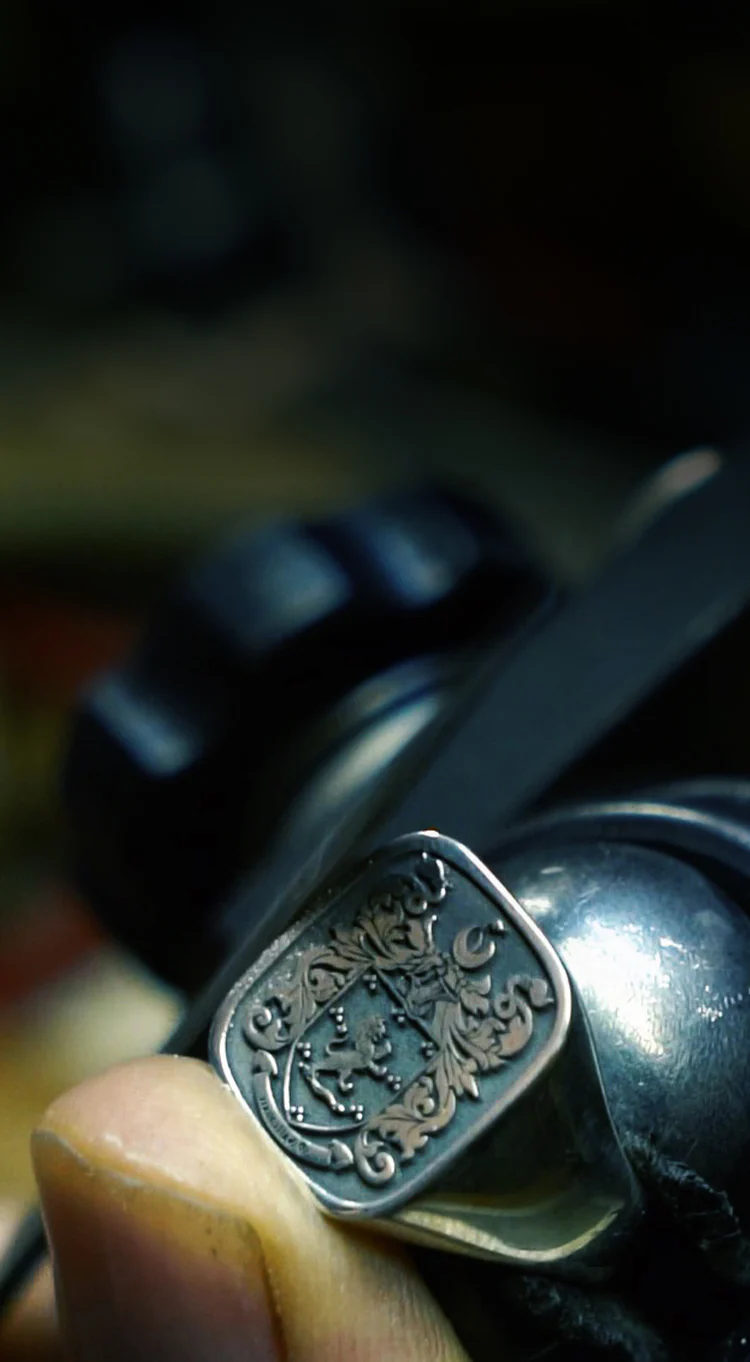

Heraldic Authority: The Historical Debate on the Granting of Arms
Since the medieval inception of heraldic traditions, scholars have debated the authenticity and prestige of coats of arms. In the late 14th century, John of Guildford raised a pivotal question on heraldic authority, pondered by both royals and heralds: "Who can grant arms?" His contemporaries, including Nicholas Upton, also delved into this topic. Upton's seminal work, De Studio Militari, dedicated to Humphrey, Duke of Gloucester, offers an insightful discourse on the origins and legitimacy of arms, whether inherited, earned through merit, or bestowed by royal favor. His analysis underscores a significant distinction—arms granted by princes or heralds carry a distinct prestige over those assumed by personal valor or authority. This discourse, encapsulated in Latin texts since the Renaissance, highlights the intricate layers of social hierarchy and recognition within the realm of heraldry.

The Legacy of Dame Juliana Berners in Heraldic Literature
Among the early heraldic literatures, one notable contribution is from Dame Juliana Berners, author of the Boke of St. Albans. A figure shrouded in mystery, she was believed to be a prioress at Sopwell, near St. Albans, where her work was first published. This compendium, essential to the 15th-century English gentleman, spans topics from hawking and hunting to heraldry and fishing. Particularly in her sections on heraldry, Berners builds upon the work of Nicholas Upton, offering insights into the complex legalities and traditions of coat armours, emphasizing that only sovereign kings may grant them, yet also exploring scenarios where traditional norms were challenged, reflecting the dynamic and often contradictory nature of medieval heraldic laws.

The Global Influence of Early Heraldic Literature
Heraldic scholarship transcended English borders, notably influenced by Bartholus, a renowned medieval Italian jurist, often hailed as the father of international law. His seminal work, Tractatus de Insigniis et Armis, stands as the earliest known treatise on heraldry. Esteemed by his contemporaries, Bartholus's insights shaped English heraldic literature profoundly. His texts, stored in prestigious collections like the British Museum, discuss the legitimacy of arms bestowed by sovereigns, such as those he received from Emperor Charles IV, and the right of individuals to adopt arms independently, drawing parallels between personal names and heraldic symbols.
The Pioneers of Heraldic Literature and Their Observations
In the formative days of heraldry, early writers were immersed in a world where coats of arms were not just symbols but everyday identifiers, deeply integrated into the fabric of society. These heraldic scholars observed and recorded armory amidst its active use across noble courts, long before the establishment of centralized heraldic authorities like the College of Arms. Gilles le Bouvier, known as Berry King of Arms, exemplifies these early heralds. Traveling extensively, he documented arms across Europe, often relying on the hospitality and honesty of nobles, which occasionally led to gaps in his recordings. His work underscores the practical and somewhat informal beginnings of heraldic registration, highlighting its evolution from a personal hobby to an official discipline.

The Prestige and Politics of Heraldic Rolls
Several medieval Heraldic Rolls begin with intriguing listings of kings, each according to a unique hierarchy, showcasing varied precedence across different rolls. Notably, these rolls—such as the Herald’s, Camden, and Segar’s—feature international figures like Prester John, the King of Jerusalem, and the Emperor of Constantinople in prominent positions, with the King of England's ranking varying significantly among them. These distinctions reflect the rolls' diverse origins and the complex medieval perspectives on royal and noble status. Additionally, Edward I's extensive use of heraldry in his campaigns and domestic rule underscores the significance of these heraldic symbols in royal strategy and identity, including his historical engagement in the Crusades and conflicts within Wales and Scotland.
Shop Our Products



